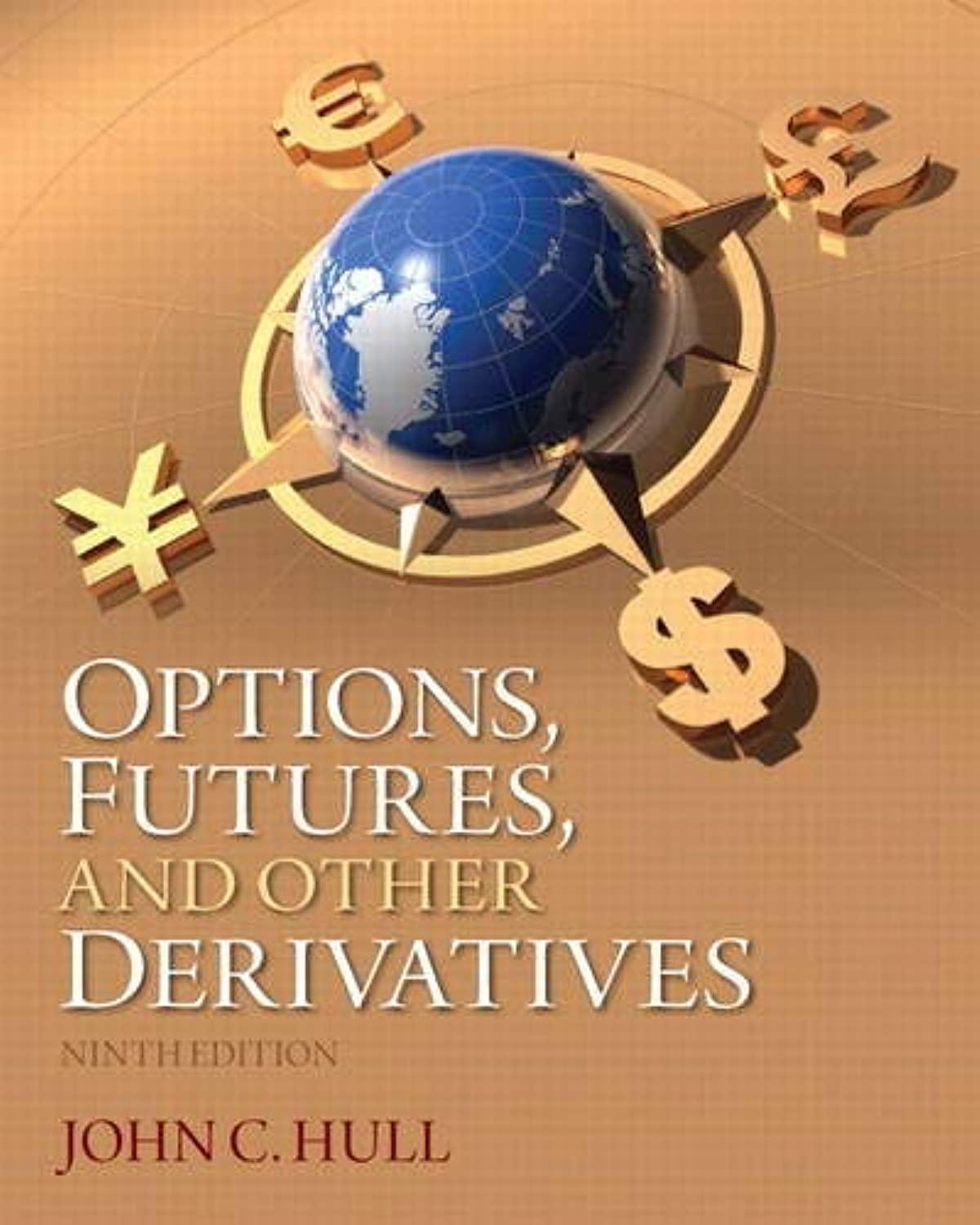Question
1. Assume that the GDP of Country A, a commodity exporter, can take on the values of $50, $55, $60, $65, and $70 with equal
1. Assume that the GDP of Country A, a commodity exporter, can take on the values of $50, $55, $60, $65, and $70 with equal probability. To smooth consumption, the government of Country A issues $10 government bonds and sell them in the global financial market. If the government default, the costs of default are 25% of GDP. Lenders are competitive and understand these risks fully.
a) If the lending rate is 32.5% per annum, what is the country's repayment threshold level of GDP (i.e., the GDP at which it is indifferent between defaulting and repaying the loan)? What is its probability of default? At what GDP level(s) will the country default?
b) If the interest rate on safe loans is 6% annum, is the lending rate of 32.5% consistent with the breakeven condition of a competitive lender? Show your answer.
c) Assume that the GDP of Country A can now take on the value of $75 (in addition to the five values above) due to higher volatility in commodity prices. Use the consumption-output diagram (with the lines for consumption after repayment and default) to show how this change affects the countrys repayment threshold and probability of default, all else constant.
d) With the new range of output, what should be the lending rate that a competitive lender will charge now? Show your calculations.
Step by Step Solution
There are 3 Steps involved in it
Step: 1

Get Instant Access to Expert-Tailored Solutions
See step-by-step solutions with expert insights and AI powered tools for academic success
Step: 2

Step: 3

Ace Your Homework with AI
Get the answers you need in no time with our AI-driven, step-by-step assistance
Get Started


